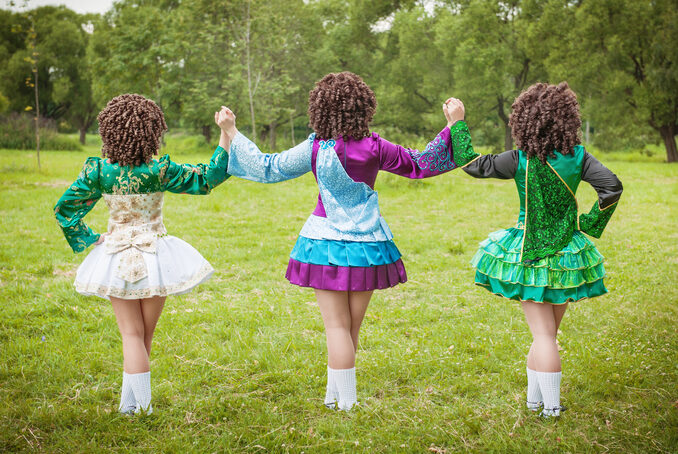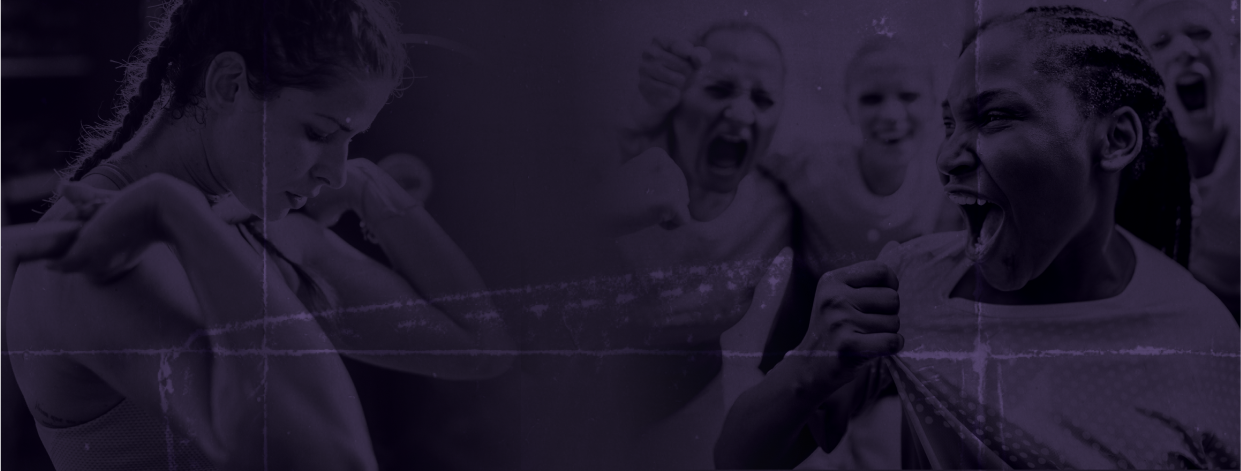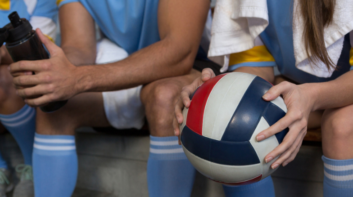Irish dance is a centuries-old art, appreciated by parents and dancers alike for its roots in history and tradition. This year, however, the Irish dance community was confronted with a modern problem. A 14-year-old male dancer, who suddenly claimed to identify as a female, entered the U14 2023 Southern Region Oireachtas competition and placed first, ahead of almost 100 girls. Now, he will advance to the Irish Dancing World Championships – displacing a female dancer in the process.
An Coimisiún Le Rincí Gaelacha (CLRG), the global Irish Dance commission, has since held private discussions regarding young dancers competing in opposite-sex competitions – without alerting parents. Now, three mothers are speaking out to warn the Irish dance community about the implications of allowing children to compete according to their “gender identity.”
“My daughter should have won second [at the Southern Region Oireachtas], but she placed third because of him,” said Mary Fisher*, an Irish dance mother who spoke to Independent Women’s Forum under the condition of anonymity. “He was on my radar, so to speak, because of his behavior towards other dancers.”
Fisher said that her daughter, robbed of a second-place title, was also harassed by the male dancer on-stage.
“The boys are so much stronger and more powerful, and their dance steps are different,” Fisher explained. “He insisted on standing next to her, but was incredibly aggressive and almost ran her off-stage. My daughter burst into tears after the performance.”
According to Fisher, the male dancer – and his parents – have a history of intimidation towards his competitors.
“He and his mom would go up to other young boys at local competitions and say, ‘I’m coming for you at Regionals,’” Fisher said.
Now competing in the girls’ category, the male dancer has not only taken away their titles but has also disrupted the camaraderie that characterizes girls’ Irish dance. Olivia Brown*, a dance instructor whose daughter also competed against the male dancer at the Southern Region Oireachtas, shared the letter of protest her 14-year-old daughter wrote to the global Irish Dance commission (CLRG).
“Our U14 group has always been a very close group of girls that cheer each other on, and if you watch the awards video, it was obvious that every single girl was uncomfortable,” Brown’s daughter wrote. “There was not our usual hugging, hand holding, and closeness that we all enjoy as we listen to the awards […] I am afraid that many will quit our beautiful sport of Irish Dance and that it will never be the same.”
Brown said that her daughter, as well as most girls who have reached her level of expertise, stick to a grueling training schedule to prepare for competitions like the Southern Region Oireachtas.
“She has dance class three times a week, and each class is about two and a half hours long. She also cross-trains with a fitness trainer twice a week, and self-trains at home,” Brown said.
Irish dance’s emphasis on energetic leaps and jumps requires extraordinary endurance and strength, which is why Fisher and Brown’s daughters go through intense training week after week. However, all that work seems futile when they are forced to compete against a male competitor with innate physical advantages. According to Fisher, watching the male athlete dance among a group of girls was like “apples and oranges” in terms of strength and stamina.
“The girl who should have qualified for Worlds – and missed it because of him – went running past me into the hall afterwards,” Fisher said. “She was bawling, and I just went out there and sat with her.”
Brown, who also witnessed the female dancer sobbing after her place at Worlds was stripped away, said that the girls feel “mocked” by being forced to compete with males.
“The girls are tired of this,” she said. “They feel mocked. If you’re a boy, you don’t have to worry about having your cycle that day. You don’t have to worry about figuring out breathing techniques to accommodate your smaller lung capacity. You don’t have to worry about struggling to build muscle while your body is trying to build fat.”
According to Brown, Irish dance is majority-female, yet girls are discriminated against in the name of gender ideology.
“Parents feel that [the CLRG] has failed to make sure that their girls, who make up the majority of Irish dancers, continue to have opportunities,” she said.
Unfortunately, young girls are not the only ones affected by leadership’s refusal to crack down on opposite-sex competition. Elsa Smith*, the third mother who spoke with IWF, said that her son not only competed against the male athlete for years before his “transition,” but also is being forced to compete against a female dancer who “identifies” as a boy. Her experience trying to get an explanation from leadership illustrates the organization’s failure to respond to parents’ – and dancers’ – concerns.
“I found out that a girl was going to be competing in my son’s category back in September,” Smith told IWF. “I contacted the CLRG about it, and it took them five weeks to respond to me. When they finally responded, they said that they didn’t have a policy in place, so they were letting kids dance ‘where they felt comfortable.’”
Smith pleaded with the CLRG to tell all Irish dance parents about their plan to allow opposite-sex competition, but said that the organization “blew her off.” Her son’s dance instructor, who also knew about the CLRG’s stance on the issue, seemed hopeless about the situation, Smith said.
“She said, ‘there’s nothing we can do about this,’” Smith said. “Your son is just going to have to get used to it, because he’s going to be facing this throughout the rest of his life.”
Fisher also said the CLRG made her feel isolated and ignored when she contacted the organization after the Southern Region Oireachtas.
“I know that there were multiple moms and teachers writing letters to our regional director this fall, but he blew us off and gave every single person the impression that nobody else was concerned about this issue,” Fisher said. “Everyone was made to feel that they were the only one.”
The CLRG’s apparent support for male dancers competing in the girls’ category, and vice versa, is pushing these moms to think about withdrawing their children from the sport they love.
“If this policy isn’t changed, [the male dancer] is going to be everywhere. He’ll be up on the podium, taking spots, sashes, trophies from the girls,” Fisher said. “If nothing changes, we’re done. I’ll die on this hill.”
All three moms emphasized the many expenses – such as travel, personal trainers, and more – that come with Irish dance. If their children can’t expect a fair competition, they said, why should they continue to make the investment?
“This is a very expensive sport,” Smith explained. “You put a lot of time and money into it. And there’s now a girl who placed second who should have won first, there’s a girl who should have world-qualified and didn’t … it’s heartbreaking to see it.”
Smith also said that many boys, not just her son, will probably leave Irish dance if leadership continues to allow opposite-sex competition.
“My son felt that having [the female dancer] there made the competition illegitimate,” Smith said. “It’s supposed to be only boys in that group. Boys already tend to stop dancing in their teens, and this will just drive more of them away.”
Irish dance is the latest in a series of sports to be impacted by the growing influence of gender ideology. But Brown, Fisher, Smith, and their children are determined to preserve the integrity of the cherished art. In the words of Brown’s 14-year-old daughter, “This is not setting a good pattern for future girls’ competitions … we want the girls’ competitions to be protected to feel safe. Please listen to girls and protect our sport.”
*Name changed to protect the identity of the speaker and her child.










